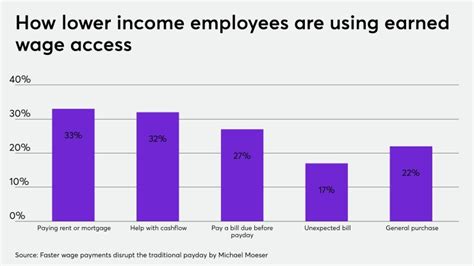Title: Navigating the Emergency Savings Gap: The $1k Loan vs Robo-Advisor Liquidity Tools
In today’s fast-paced world, unexpected expenses can strike at any moment, leaving many individuals caught in a financial bind. One common challenge faced by many is the emergency savings gap – the amount of money needed to cover unforeseen costs, but not yet saved. This article delves into two potential solutions to this gap: a $1,000 loan and robo-advisor liquidity tools. Let’s explore the pros and cons of each option.

**The $1,000 Loan**
A $1,000 loan can provide a quick and immediate solution to an emergency savings gap. Here are some points to consider:
1. **Accessibility**: $1,000 loans are relatively easy to obtain, especially from online lenders or through a credit card. This can be particularly beneficial when time is of the essence.
2. **Simplicity**: The application process is straightforward, often requiring minimal documentation.
3. **Repayment flexibility**: Some lenders offer flexible repayment options, allowing borrowers to tailor the loan term to their financial situation.
However, there are several drawbacks to consider:
1. **High-interest rates**: Many lenders charge high-interest rates on $1,000 loans, which can lead to an increased financial burden over time.
2. **Credit impact**: Taking out a loan can negatively impact your credit score, especially if you fail to repay the loan on time.
3. **Debt accumulation**: Relying on loans to cover emergency expenses can lead to a cycle of debt, making it more difficult to save money for future emergencies.
**Robo-Advisor Liquidity Tools**
Robo-advisors are automated investment platforms that use algorithms to manage investments. Many robo-advisors offer liquidity tools that can help bridge the emergency savings gap. Let’s examine the benefits and drawbacks:
1. **Accessibility**: Robo-advisors are easily accessible through a smartphone app or website, making it convenient to manage your investments and liquidity tools.
2. **Low fees**: Robo-advisors typically charge lower fees compared to traditional financial advisors, which can help you keep more of your hard-earned money.
3. **Diversification**: Robo-advisors can automatically diversify your investment portfolio, reducing the risk of losses during market downturns.
4. **Peace of mind**: Having a portion of your investments readily accessible can provide peace of mind, knowing that you have a financial cushion in case of an emergency.
On the downside:
1. **Liquidity constraints**: Some robo-advisors may have minimum withdrawal amounts or require a certain notice period before accessing funds, which can be inconvenient during an emergency.
2. **Potential losses**: While diversification can reduce risk, it doesn’t eliminate it entirely. If the market takes a downturn, your investments may still lose value.
3. **Investment time horizon**: Robo-advisors are designed for long-term investing, so they may not be the best option if you need funds within a short time frame.
**Conclusion**
Both a $1,000 loan and robo-advisor liquidity tools can help bridge the emergency savings gap. However, it’s crucial to weigh the pros and cons of each option before making a decision. Consider your financial situation, risk tolerance, and long-term goals when choosing the best solution for you. It’s also important to prioritize building an emergency fund to avoid reliance on loans or robo-advisor liquidity tools in the future.



